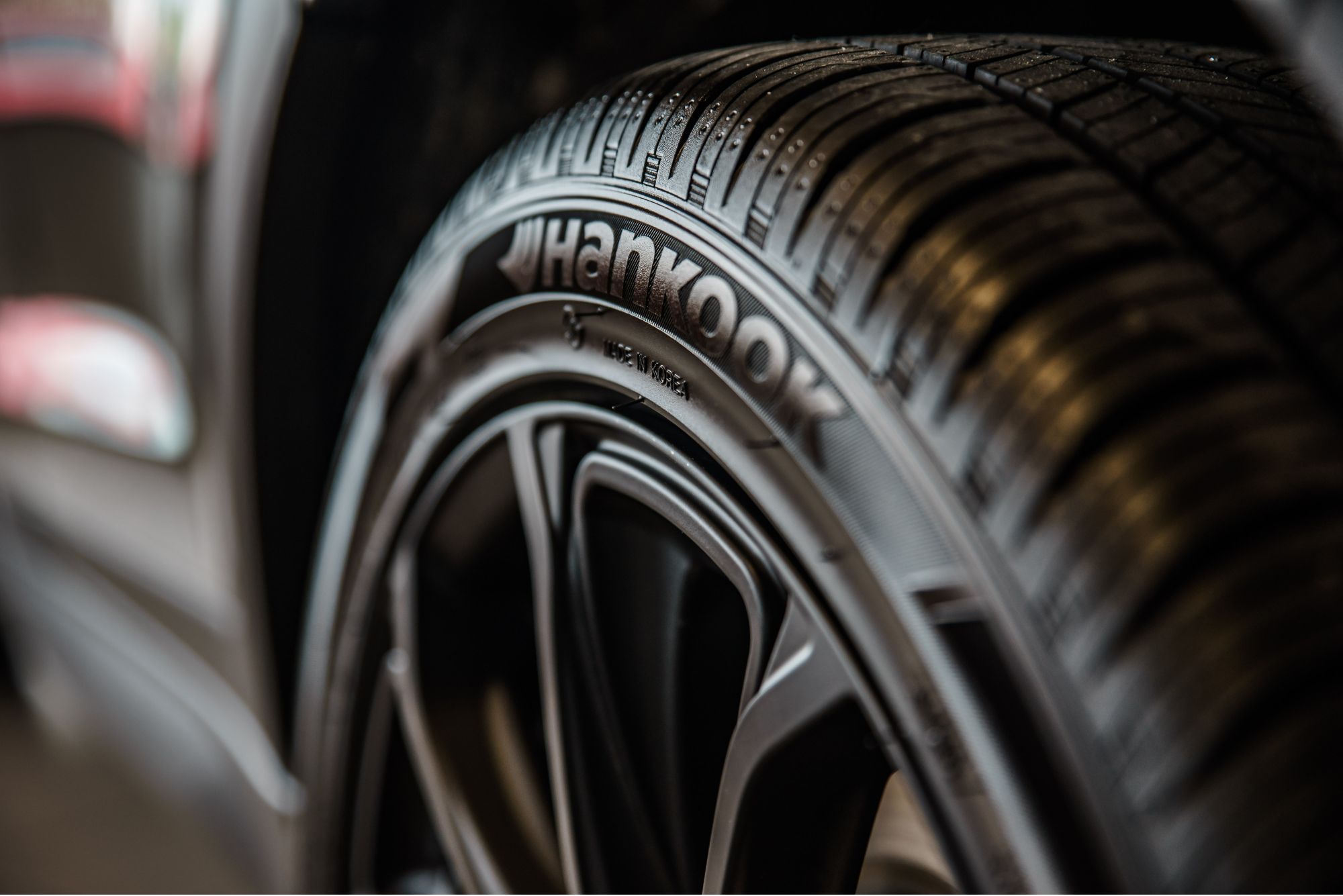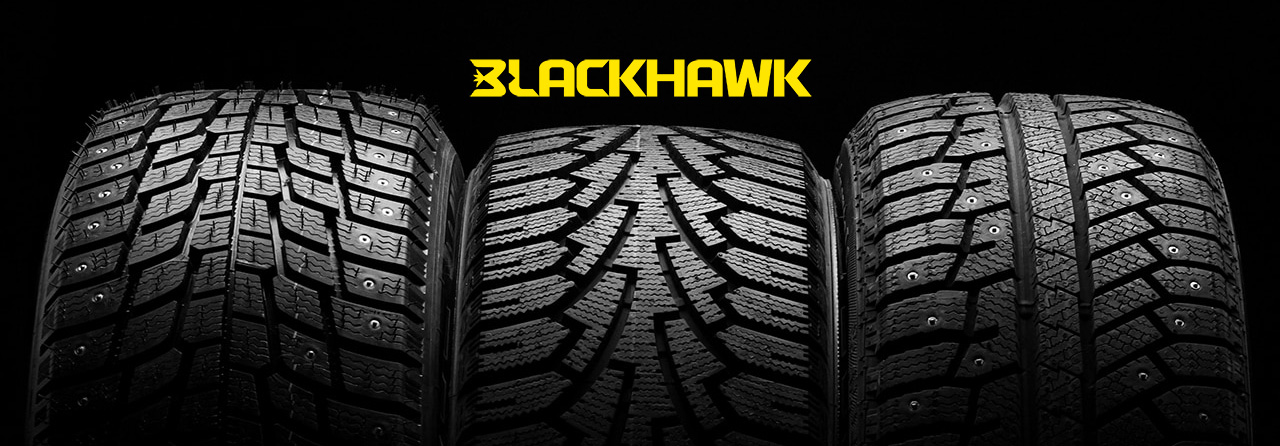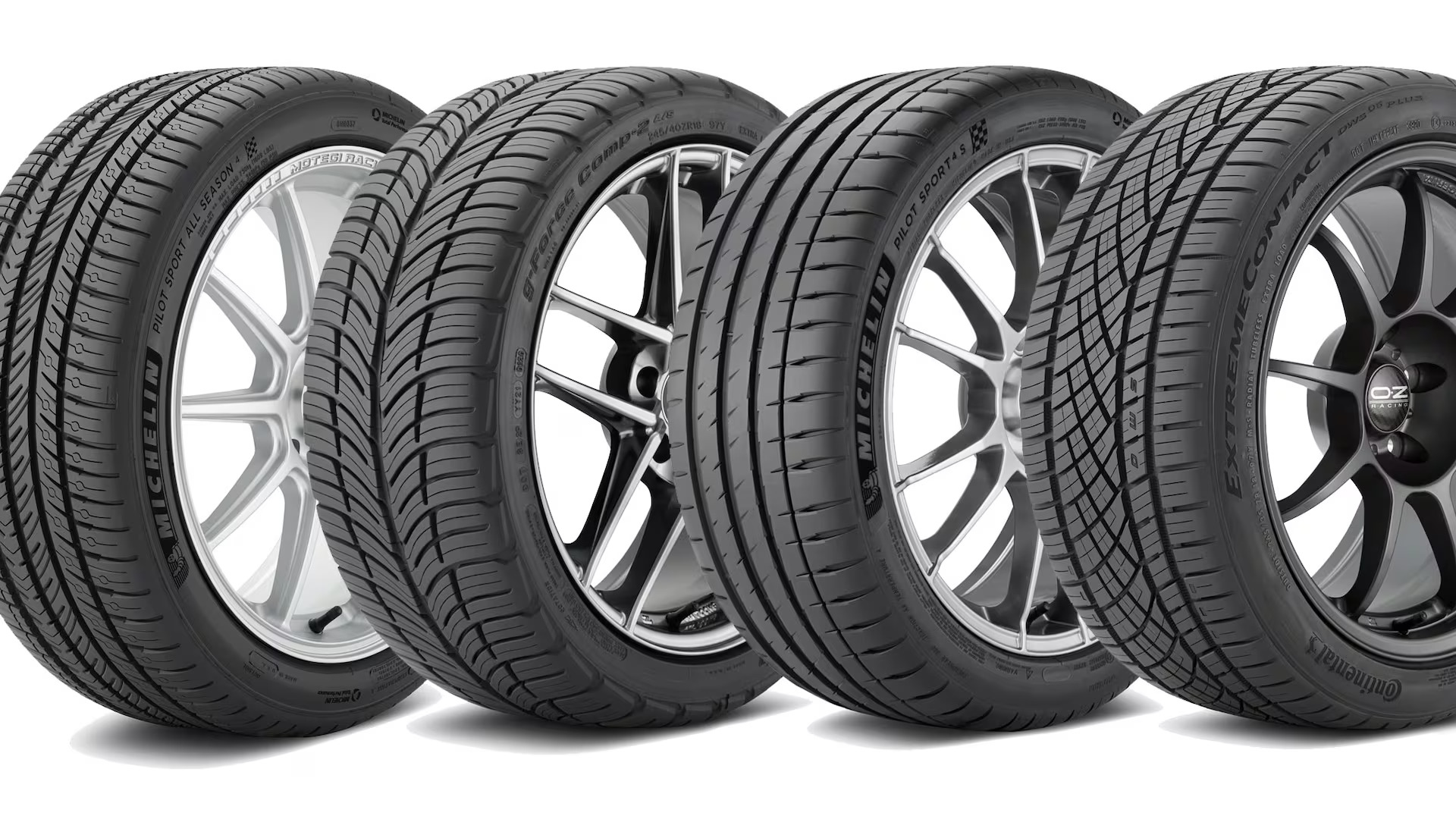Last Updated on August 6, 2025
The Magic of Run Flat Tires: Driving Without Air Pressure
Run flat tires are game-changers in the world of driving. Imagine getting punctured but still being able to continue your journey without an immediate stop. These tires can drive for a limited distance, even after losing air. Discover the magic behind this innovative technology and the peace of mind it brings to drivers everywhere.
What Are Run Flat Tires?
Flat tires are innovative, self-supporting tires designed to keep the vehicle moving even after losing air pressure. This distinctive feature ensures drivers can reach a safe location for tire repair or replacement, eliminating the immediate need for a roadside tire change.
How Do They Work? The Reinforced Sidewall Technology
At the core of run-flat tires lie the reinforced sidewall inserts. Added to the inner layer of the tire’s sidewall, these inserts provide the essential rigidity to support the vehicle, even when the tire is devoid of air. This reinforcement keeps the tire’s shape intact during a loss of pressure.
Designed for Reduced Heat and Friction
Run flat tire compounds are meticulously crafted to diminish heat and friction. This helps mitigate potential tire damage when the vehicle is in motion without the correct tire pressure.
Vital Vehicle Integration: The Role of TPMS
Vehicles should be equipped with a Tire Pressure Monitoring System (TPMS) to optimize the function of run-flat tires. This system is pivotal as it notifies the driver of any loss in tire air pressure. When alerted, most run-flat tires can typically operate for approximately 50 miles at speeds not exceeding 50 miles per hour. However, always be informed about the recommended limits for your specific tire model.
Cost and Considerations
While the benefits of run-flat tires are substantial, they come at a premium. Generally, they can cost about 20% more than their non-run flat counterparts.
Why Choose Run Flat Tires? The Benefits:
- Safety: No sudden deflations means reduced risk of accidents due to blowouts.
- Convenience: Eliminate the need for immediate tire changes on busy highways or in unsafe conditions.
- Space-saving: Many vehicles equipped with run flat tires don’t need to carry a spare tire, freeing up trunk space.
The Core Principle: Reinforced Sidewalls
Unlike traditional tires, run flat tires are designed with reinforced sidewalls. These robust walls prevent the tire from fully deflating in the event of a puncture. This means that even with a significant loss of air pressure, the tire maintains its shape, allowing you to continue driving.
Things to Consider
While run flat tires offer numerous benefits, they might not benefit everyone. They can be more expensive than regular tires, and their stiffer construction can result in a firmer ride. Always weigh the pros and cons based on your driving habits and needs.
Conclusion
Run flat tires are revolutionizing the way we view tire safety and convenience. While they might not replace traditional tires entirely, their growing popularity is a testament to their reliability and the peace of mind they provide. As with any automotive decision, it’s crucial to stay informed and choose what’s best for your specific requirements.
If you’re looking for run flat tires for your vehicle, Tires Easy has a wide selection at excellent prices.
FAQs
How long can you run on a run flat tire?
In the event of a puncture or loss of air pressure, run flat tires are designed to be driven for a limited distance, typically up to 50 miles (80 kilometers). However, the exact distance can vary based on the specific tire and the driving conditions. It’s essential to stay within the recommended speed limit, usually below 50 miles per hour, and consult your tire’s manual or manufacturer guidelines for precise details.
Do run flat tires go completely flat?
While run flat tires are designed to be driven on for a limited distance after losing air, they do not go completely flat immediately, thanks to their reinforced sidewalls. This design allows the tire to maintain shape and continue supporting the vehicle even with decreased or no air pressure. However, prolonged driving on a deflated run flat tire can eventually damage the tire beyond repair.
Is it OK to replace run-flat tires with regular tires?
It’s technically possible to replace run-flat tires with regular tires, but it’s essential to consider a few factors. Many vehicles equipped with run-flat tires do not come with a spare tire. Switching to common tires means you would be without the safety net of driving to a safe location in case of a puncture. The vehicle’s suspension and braking systems might also be tuned specifically for run-flat tires. If you’re considering making the switch, it’s best to consult a tire expert or your vehicle’s manufacturer to ensure safety and optimal performance.
-
Automotive Specialist
-
Proofreader
-
Writer









